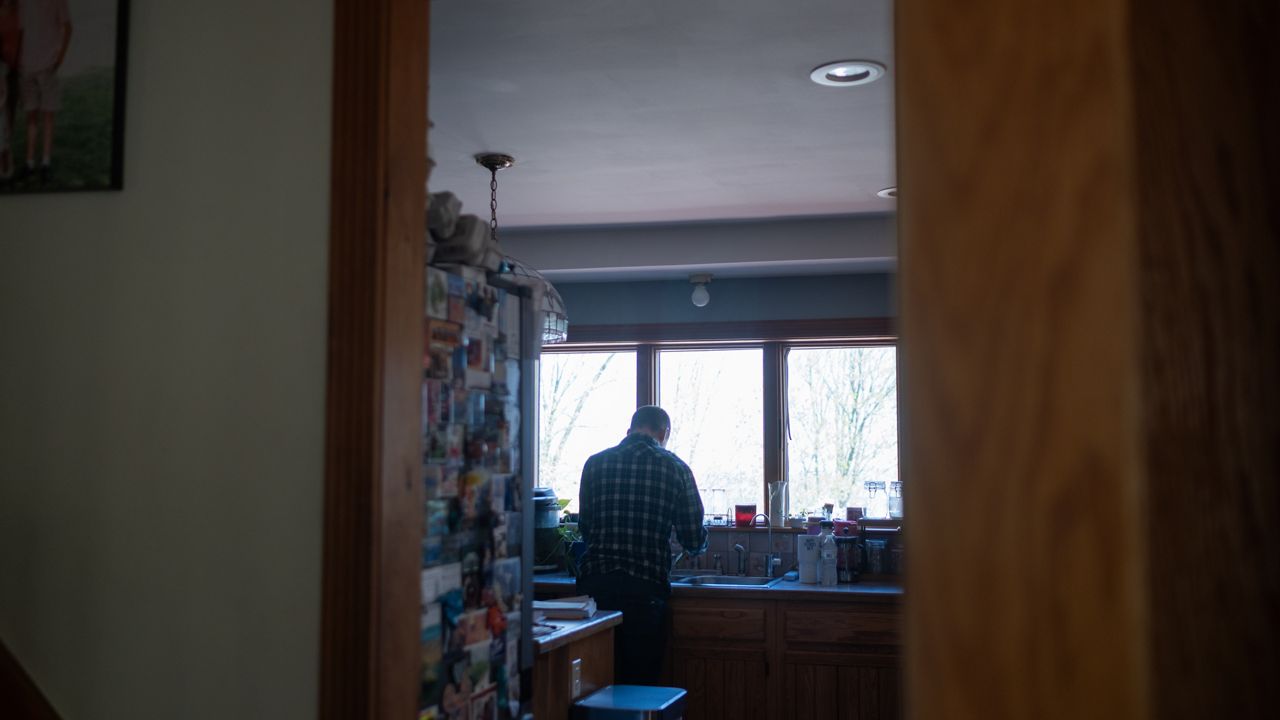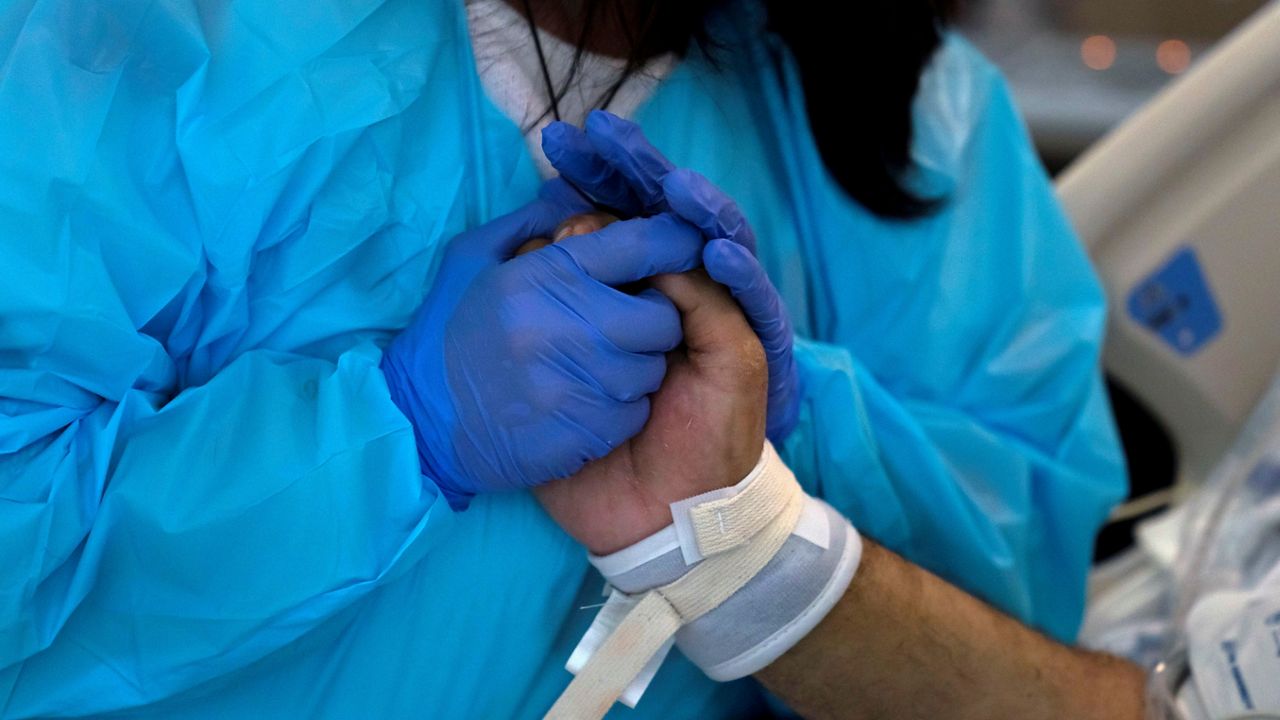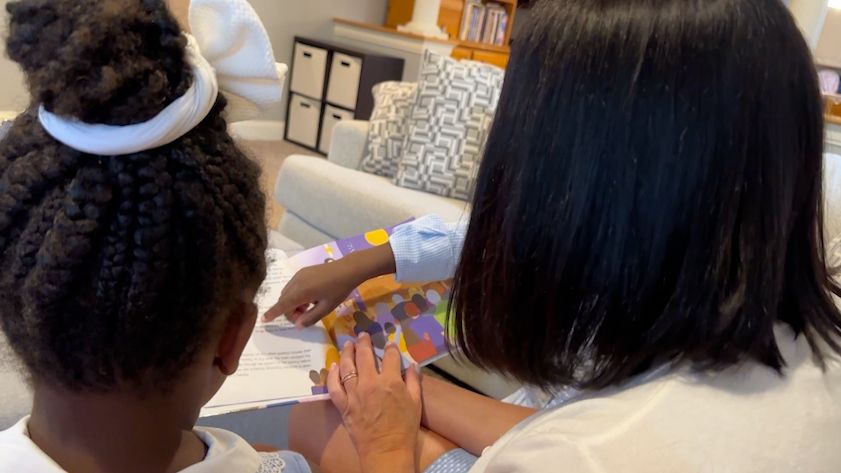A dangerous plant is spreading across New York, and one local woman is taking matters into her own hands.
Kathy Barrens, a Schenectady County resident, is on a mission to eradicate wild parsnip from her property and raise awareness about its dangers.
In a field where horses graze peacefully, an unwelcome guest lurks among the greenery — wild parsnip. This biennial plant, native to Asia and Europe, is an invasive member of the carrot family. Despite its harmless appearance, wild parsnip can cause severe burns and blisters when its sap comes into contact with skin.
"I find stuff in the pasture. I try to stay on top of it, but it's kind of hard because I have a lot of pasture space here," Barrens said. "But this is one thing I really don't even want to just leave there. Because if I do, I'm afraid it's just going to keep spreading."
Armed with a plant identification app, Barrens meticulously scours her property, removing every wild parsnip she finds.
"In the middle of the summer heat, I put on a long-sleeved t-shirt, this winter thing over my head that just your face sticks out of. I had it pulled tight, so all that stuck out was my eyes because I was very paranoid, and I had gloves," she explained.
Wild parsnip is often found along highways, railroad tracks, and farm fields. Its aggressive nature and ability to spread by seed make it a persistent threat.
"I'll take the flowers off first, and then I cut down a bit to where I can safely bend over, grab the stem and pull up the root," Barrens said.
Barrens isn't just protecting her property; she's also looking out for her neighbors.
"I'm getting it off of the road front for my neighbors because I figured that makes it less likely to come to my property," she said.
The Department of Environmental Conservation recommends bagging the plant and leaving it in the sun for a week to kill the seed heads.
Barrens' mission is clear: eradication and raising awareness.
"I'm no expert. I feel it's important to let people know about it because knowledge is power. If you know what it looks like and what it could possibly do, then you can avoid it," she emphasized.
For those who may come into contact with wild parsnip, the Department of Environmental Conservation advises not to touch it. If you think you have encountered the plant, avoid touching it and seek immediate assistance.
Take a picture of the entire plant and close-ups of the leaf, flower and/or seed. Note the location (intersecting roads, landmarks, or GPS coordinates). Report the infestation to Map Invasives at www.nyimapinvasives.org.
For more information, contact DEC Forest Health at (845) 256-3111.
EDITOR'S NOTE: This story has been corrected to reflect Kathy Barrens' Schenectady County residence.










